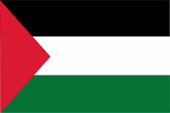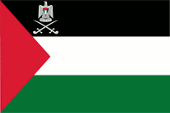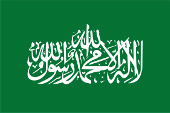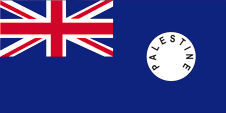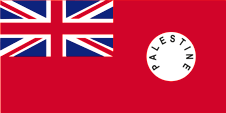Fläche (beansprucht): ca. 6.020 km², davon Westjordanland ca. 5.615 km², Gazastreifen ca. 365 km², Ostjerusalem ca. 40 km²
Fläche (faktisch): ca. 2.040 km², davon 100% des Gazastreifens, und 30% des Westjordanlands (nämlich die Städte: Jenin, Tulkarm, Qalquilyah, Nablus, Ramallah, Salfit, Jericho, Bethlehem und Hebron)
Einwohner (im beanspruchten Gebiet): 4.976.684 (2019), davon Westjordanland ca. 3.010.000 Ew., Gazastreifen ca. 1.940.000 Ew.
Religionen der Palestinenser: meist Moslems, ca. 1 % Christen
Hauptstadt: Ramallah, 33.218 Ew. (2014)
Amtssprache: Arabisch
sonstige Sprachen: Iwrith (Neuhebräisch), Englisch
Währung: 1 Neuer Israel Schekel (NIS) = 100 Agorot, 1 Jordanischer Dinar (JOD, JD) = 100 Piaster, 1 Ägyptisches Pfund = 100 Piaster = 1 000 Milliemes
Zeitzone: MEZ + 1 h
Quelle:
Wikipedia (D)

![]()

